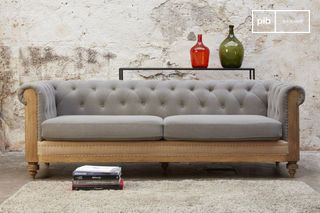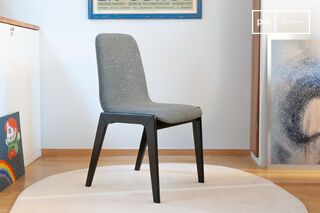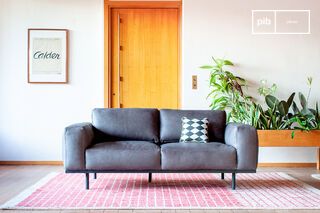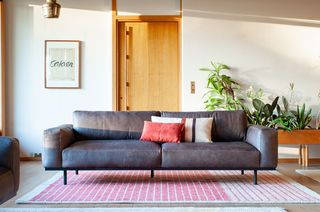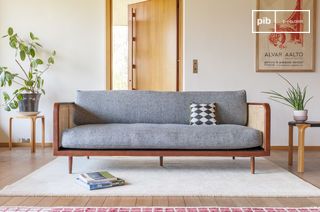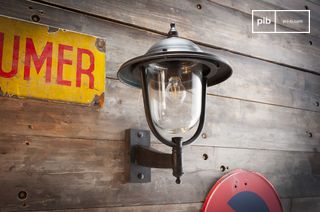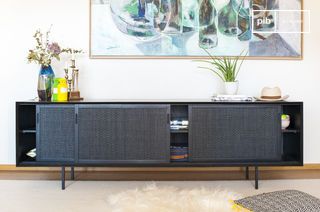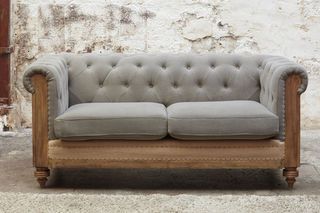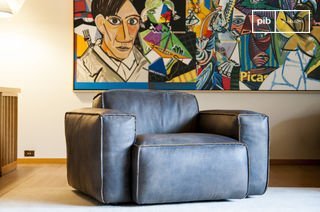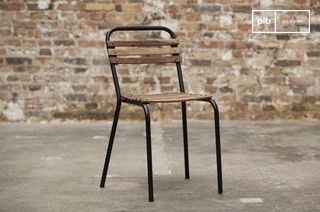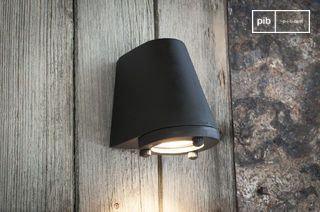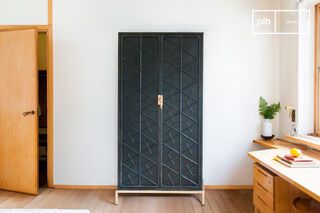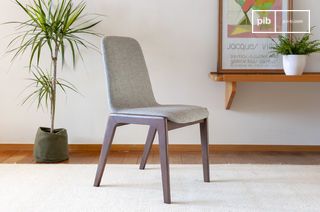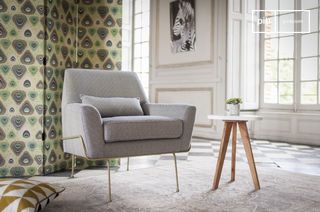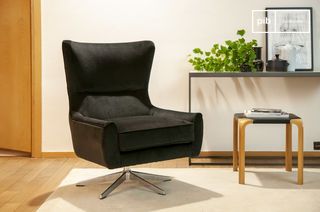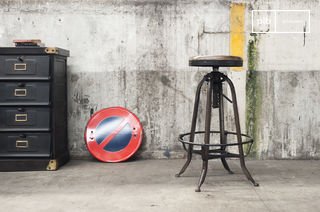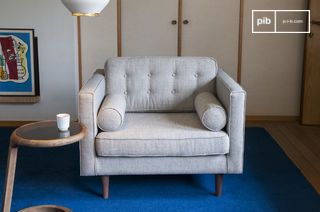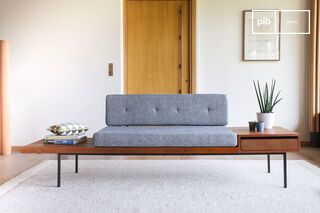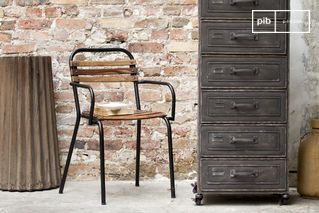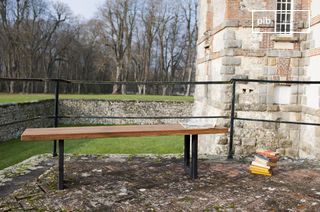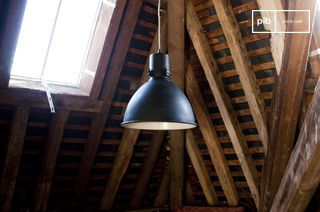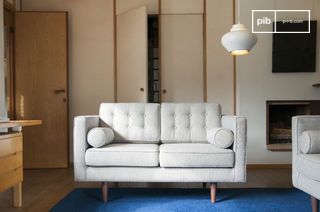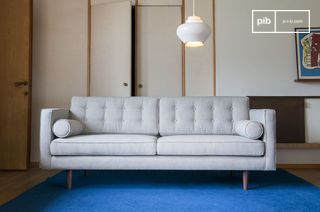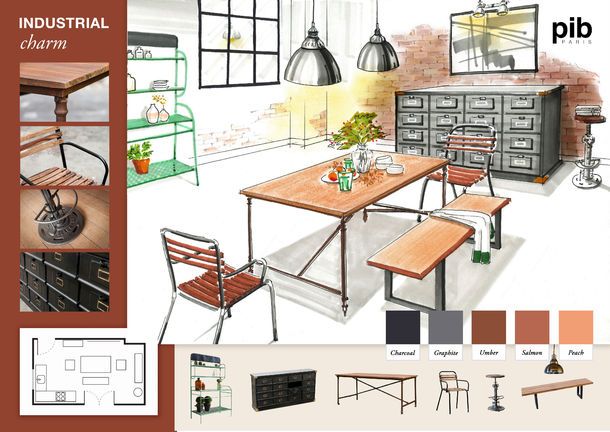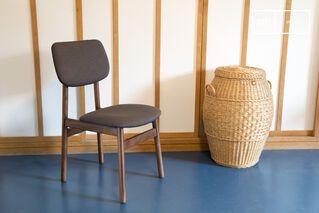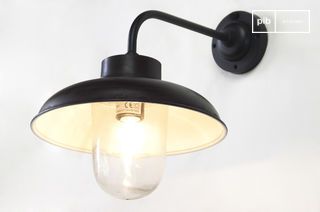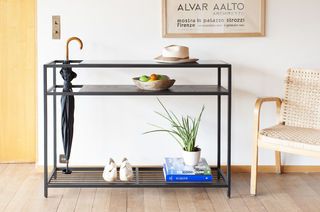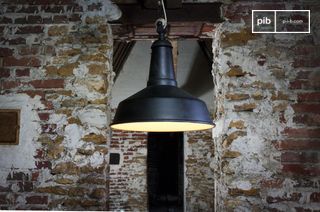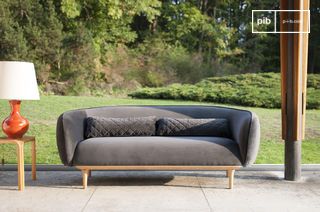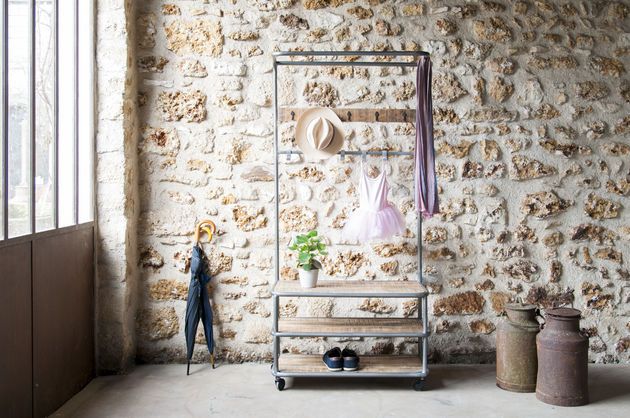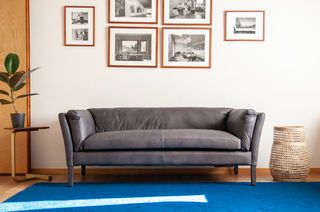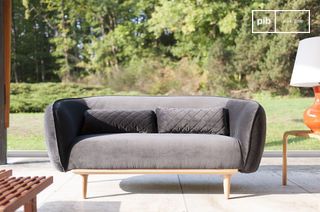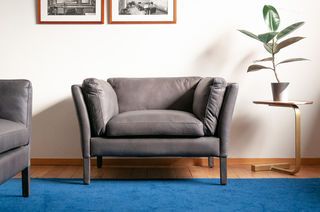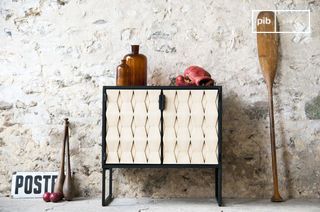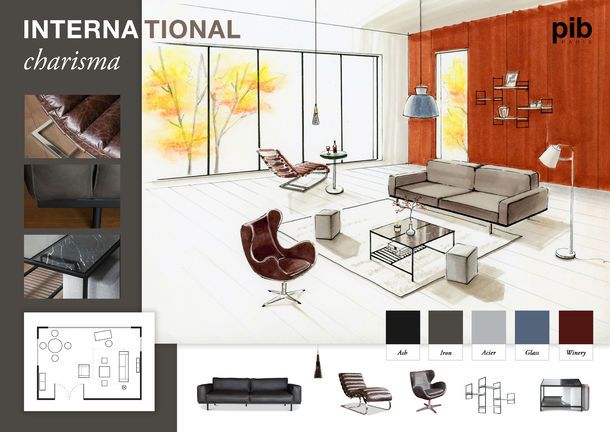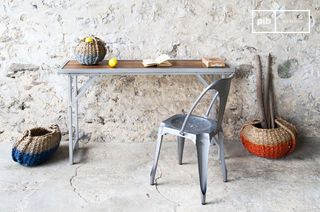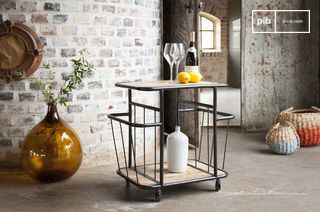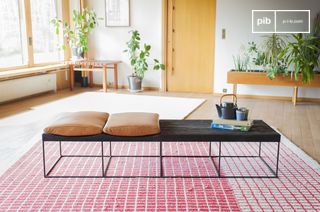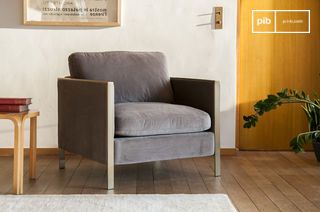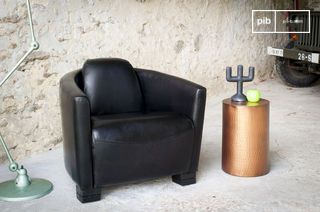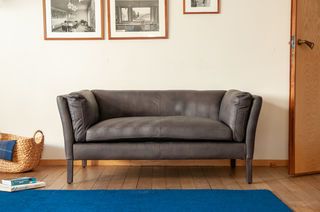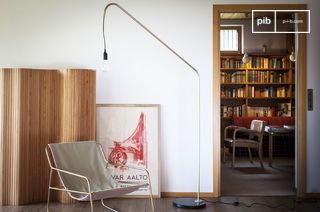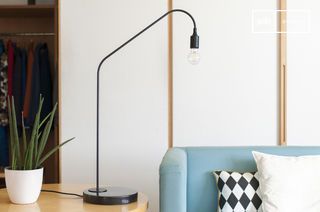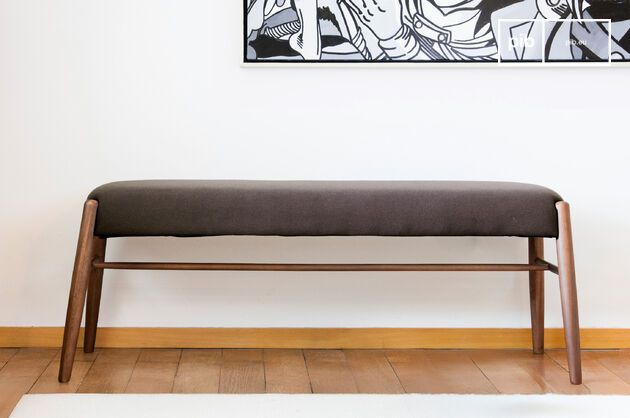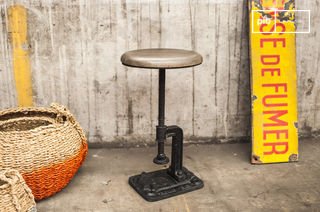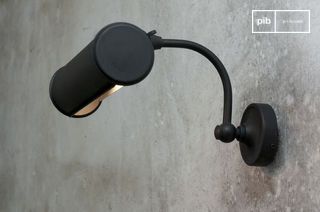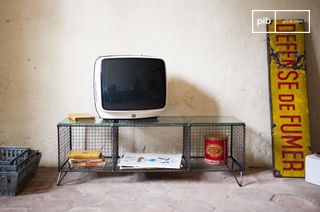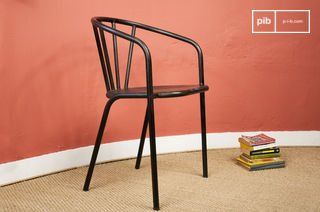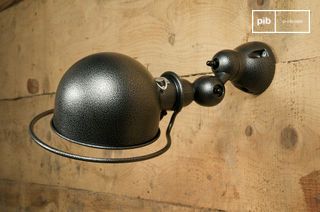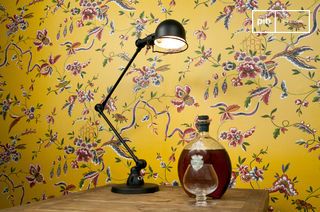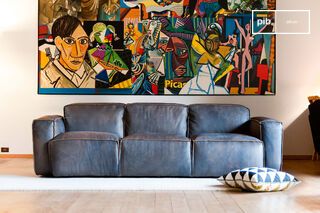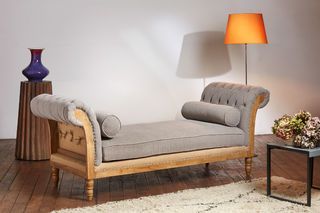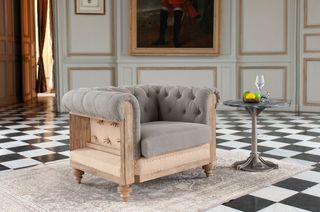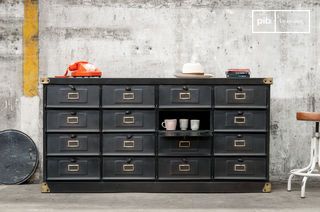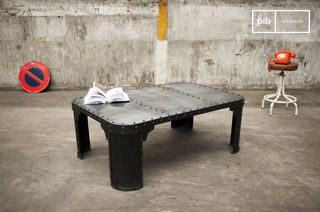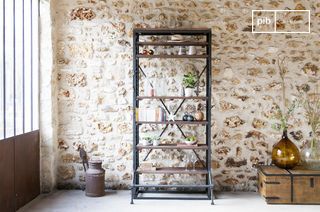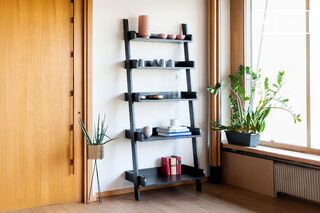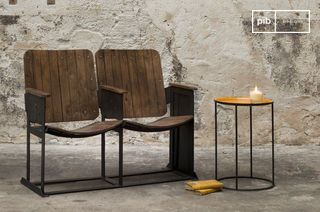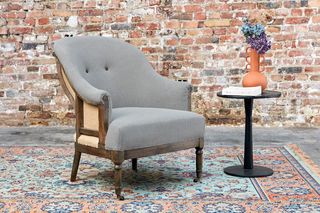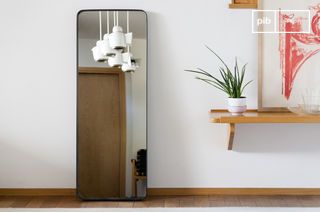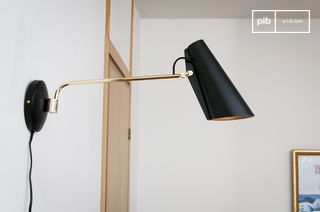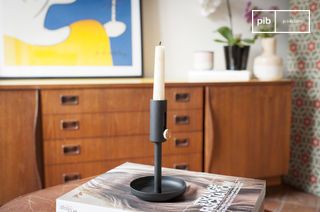Dark
The Dark category brings together furniture in low-toned shades that structure space through their visual density. Used on solid materials such as solid wood, painted metal or tinted leather, these colors absorb light and emphasize volumes. They create a clear anchorage in a light or contrasting composition. Dark furniture can balance a layout dominated by neutral tones or stabilize a functional area. Each piece selected here articulates form, material and color in a logic of legibility and spatial coherence.
read more >Filters
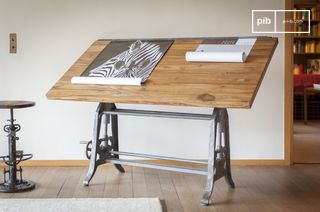
Teak architect table1928
£2045 £1840-10%
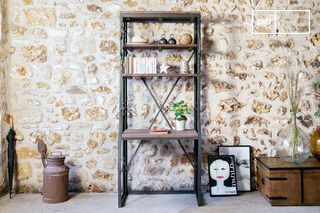
Industrial desk-librarySeattle
£1560 £1400-10%
10 festive days
10% off our tables and consoles
Welcome your guests in style · Limited stock
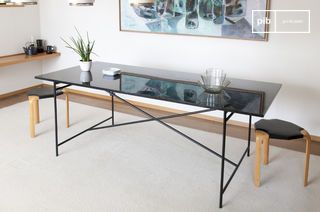
Black marble tableThorning
£1925 £1730-10%
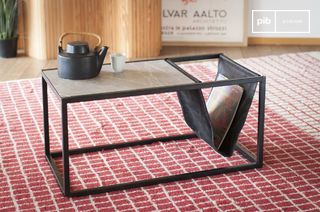
Stone magazine holder coffee tableIbiza
£445 £400-10%
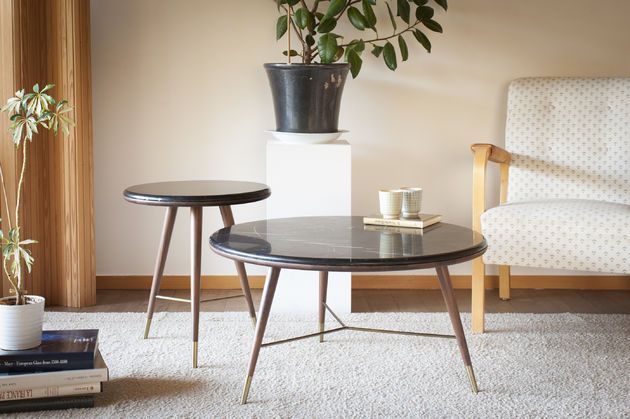
Black marble coffee tableSivart
£930 £840-10%

Marble magazine tableNoora
£395 £360-10%
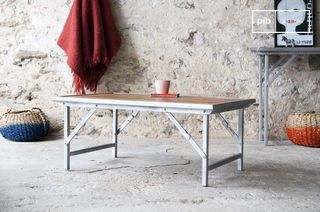
Teak coffee tableBollène
£555 £500-10%
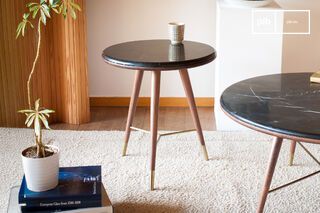
Black marble end tableSivart
£460 £415-10%
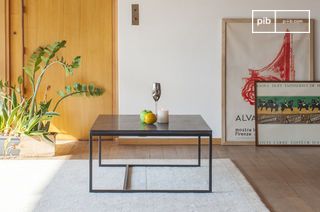
Black marble coffee tableAvedore
£605 £540-10%
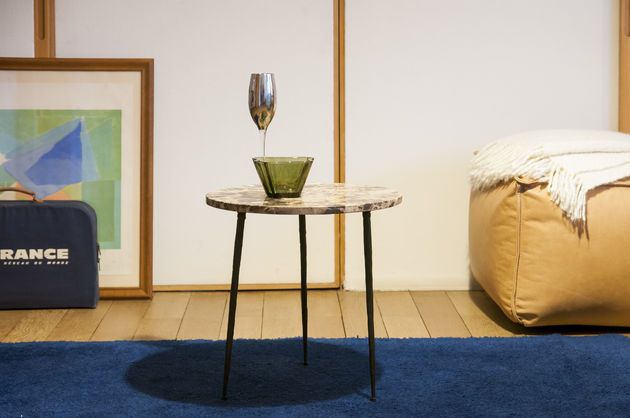
Marble side tableVilma
£305 £275-10%
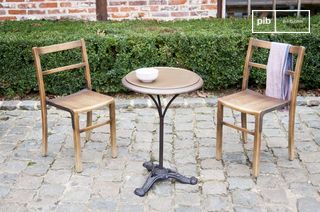
Round bistro table wood and metalVaiana
£480 £430-10%
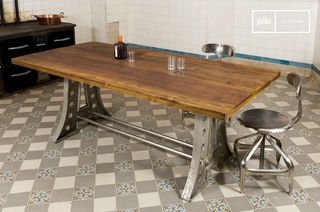
Solid Wood Dining TableNormandie
£1700 £1530-10%

Marble coffee table with poufsNoora
£680 £615-10%

Daybed benchNorilsk
£1200
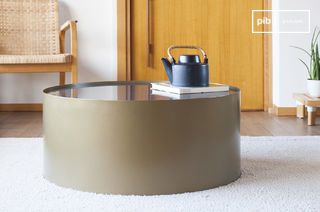
Round marble coffee tableDickinson
£1210 £1090-10%
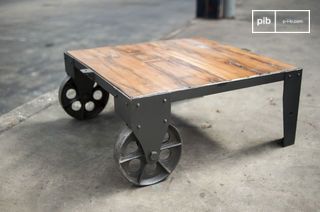
Wooden Coffee TableRailway
£645 £580-10%
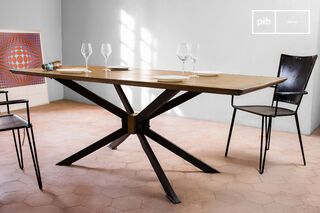
Brass dining tableLiverpool
£1820 £1640-10%
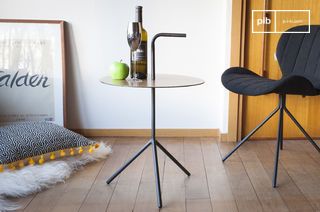
Portable table with handleXylème
£360 £325-10%

Jieldé lampLoft
£1195

Furniture in dark shades: dancage effects and volume organization
Dark shades in furniture are often used to create stable visual cues. They densify the reading of objects in space, even on a reduced scale. A dark piece of furniture naturally draws the eye downwards in the composition, providing structure or visually containing a volume. In a living room, a dark sideboard or coffee table provides a counterpoint to light walls. This use is based on a logic of vertical balance and organization of planes.
Dark colors and materials: variations in depth and impact
Materials play a central role in the perception of dark colors. On solid wood, a dark hue reveals the grain, especially if the finish is matte or oiled. On painted metal, the surface is more homogeneous, with a stable density effect. Dark leather, often used for seating, changes its appearance in direct or low-angled light. These variations influence the overall impact of the furniture: a deep black on smooth metal will have a strong graphic effect; a dark brown on brushed wood will be more discreet, but will give a stronger sensation of mass. These contrasts should be adjusted according to the natural light available and the chromatic environment.
Enhancing dark furniture without weighing down space
To avoid a visually saturating effect, dark furniture should be integrated into a structured whole. It's advisable to combine them with light surfaces (walls, floors, textiles) or textured elements capable of catching the light. The aim is to create a contrast that enhances the room's legibility, without closing off perspectives. In small spaces, the use of dark colors can be limited to fixed points such as bases, frames and storage units. On the other hand, in a large volume, their repetition can structure distinct zones without partitioning.
The *Dark* category groups together rooms where color intervenes as a spatial structuring tool. Each piece of furniture combines a dark hue with a specific material, with a logic of design, visual stability and relationship to light.
The *Dark* category brings together rooms where color is used as a spatial structuring tool


